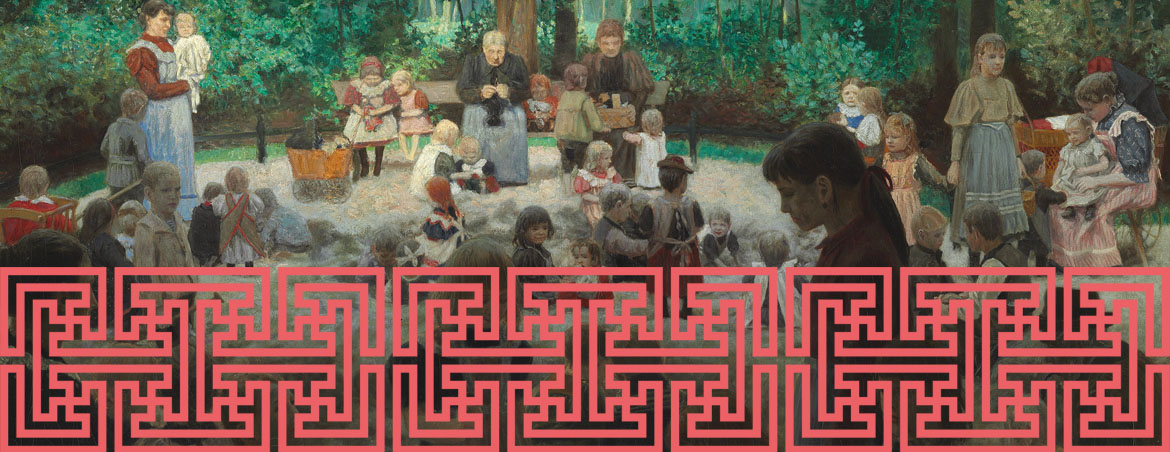The painter Jens Birkholm (1869–1915) is one of the pivotal artists featured at Faaborg Museum. Like his contemporaries Fritz Syberg (1862–1939), Peter Hansen (1868–1928), Anna Syberg (1870–1914) and Johannes Larsen (1867–1961), Birkholm was born in Faaborg. A descendent of seafaring people on his mother’s and father’s side alike, he opted to train as a house painter instead. He never enrolled at any artistic school or academy and was not part of the vibrant study environment at Zahrtmann’s school, which would have such a crucial impact on the others members of the group later known as the Funen Painters. Instead, he went abroad as a journeyman, spending some years travelling in Europe before settling in Berlin. Here he had his artistic breakthrough.
In Berlin, Birkholm found his subject matter among the impoverished and marginalised people of the working class. As industrialisation gained momentum in the latter part of the nineteenth century, many people moved from country to city, facing cramped, unhealthy and poor living quarters as well as harsh working conditions. Birkholm’s sensitive and empathic depictions of vulnerable people were praised in certain circles, but they were also criticised for being sad and drab.
After ten years in Berlin, Birkholm returned to Faaborg. He continued to work with subjects such as poverty and the precarious nature of existence, for example by painting scenes from the Faaborg workhouse. But he also worked with landscapes and scenes from everyday life like those cultivated by the other Funen Painters, not least in countless paintings from the rolling hills of Svanninge Bakker.
